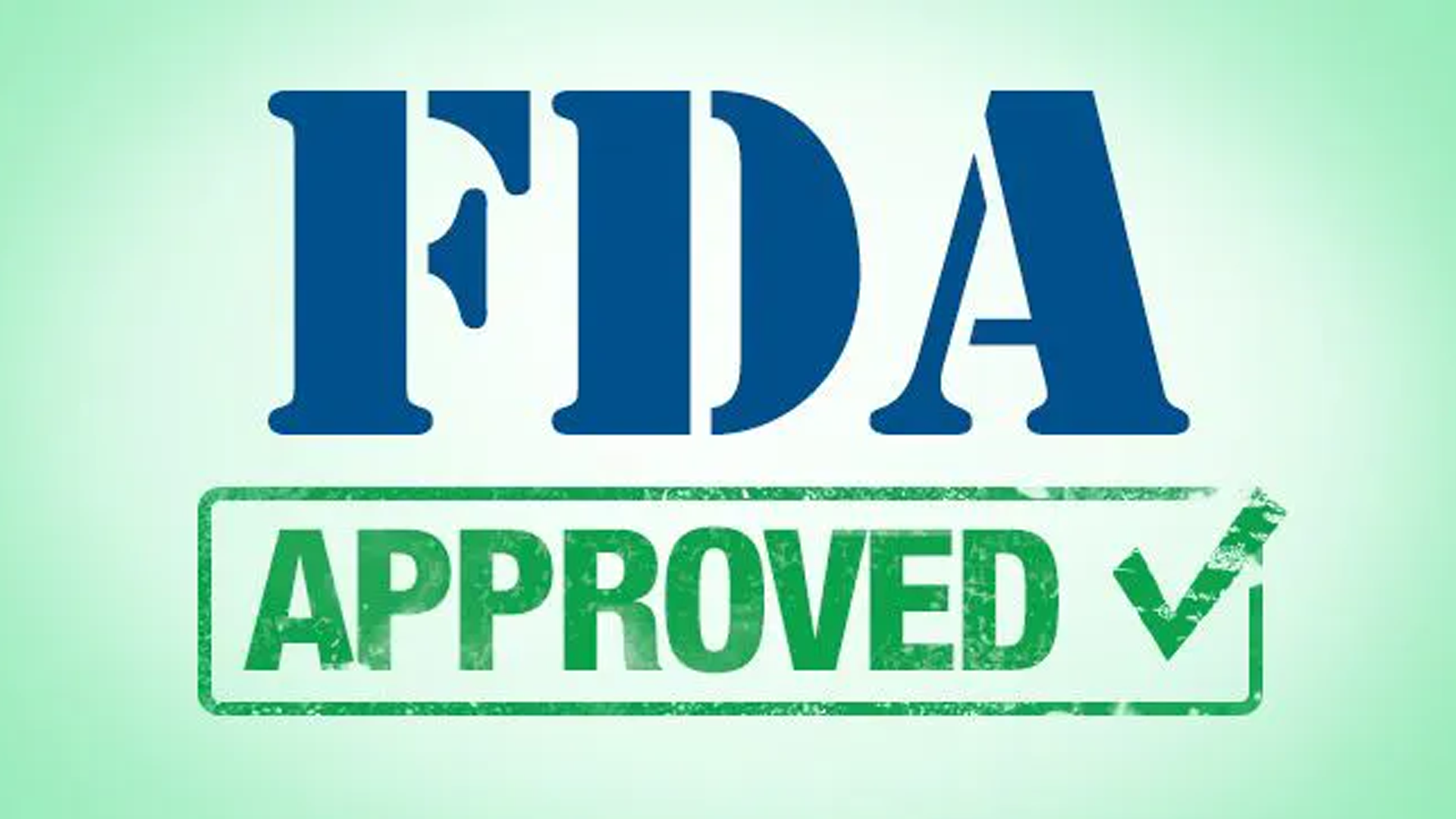FDA Approves Vorasidenib to Treat Grade 2 Astrocytoma, Oligodendroglioma With IDH1, IDH2 Mutations
This marks the first approval of a systemic therapy for patients with grade 2 astrocytoma or oligodendroglioma with an IDH1 or IDH2 mutation.
FDA Approves Vorasidenib to Treat Grade 2 Astrocytoma, Oligodendroglioma With IDH1, IDH2 Mutations

The FDA approved vorasidenib (Voranigo) for the treatment of adult and pediatric patients aged 12 years and older with grade 2 astrocytoma or oligodendroglioma with a susceptible IDH1 or IDH2 mutation who have undergoing biopsy, subtotal resection, or gross total resection.
Vorasidenib is the first systemic therapy approved by the FDA for grade 2 astrocytoma or oligodendroglioma with an IDH1 or IDH2 mutation, according to a notice from the FDA.
This approval was based on findings from the INDIGO trial (NCT04164901). In this randomized, multicenter, double-blind placebo-controlled trial, 331 patients with grade 2 astrocytoma or oligodendroglioma with a susceptible IDH1 or IDH2 mutation who underwent surgery were randomized 1:1 to receive either 40 mg of oral vorasidenib once per day or placebo once per day. Treatment was given until disease progression or unacceptable toxicity.
Of note, patients randomly assigned to the placebo group were allowed to cross over to the vorasidenib group upon documentation of radiographic disease progression. Patients who were previously treated with anti-cancer treatment like chemotherapy or radiotherapy, were excluded from this trial.
The major efficacy outcome measure of the INDIGO trial was progression-free survival (PFS) assessed by a blinded independent review committee per modified Response Assessment in Neuro-Oncology for Low Grade Glioma (RANO-LGG) criteria. Time to next intervention was an additional efficacy outcome measure in the trial.
The hazard ratio for PFS in patients treated with vorasidenib was 0.39 (95% CI, 0.27-0.56; P < .0001). The vorasidenib group did not meet the median time to next intervention compared with 17.8 months in the placebo group (HR = 0.26; 95% CI, 0.15-0.43; P < .0001).
The most common adverse reactions, occurring in at least 15% of patients, included headache, fatigue, musculoskeletal pain, COVID-19 infection, nausea, diarrhea, and seizure. The most common grade 3 or 4 laboratory abnormalities, observed in at least 2% of patients, included increased aspartate aminotransferase levels, increased alanine aminotransferase levels, decreased neutrophil levels, and increase in gamma-glutamyl transpeptidase levels.
According to the FDA’s notice, the recommended dose of vorasidenib is 40 mg orally once per day until unacceptable toxicity or disease progression. In addition, the recommended dose of vorasidenib for pediatric patients aged 12 years and older is based on body weight; patients who weigh at least 40 kg are recommended to receive 40 mg orally once daily, whereas those who weigh less than 40 kg should receive 20 mg once daily.
Reference
FDA approves vorasidenib for Grade 2 astrocytoma or oligodendroglioma with a susceptible IDH1 or IDH2 mutation. FDA. August 6, 2024. Accessed August 6, 2024. https://www.fda.gov/drugs/resources-information-approved-drugs/fda-approves-vorasidenib-grade-2-astrocytoma-or-oligodendroglioma-susceptible-idh1-or-idh2-mutation


